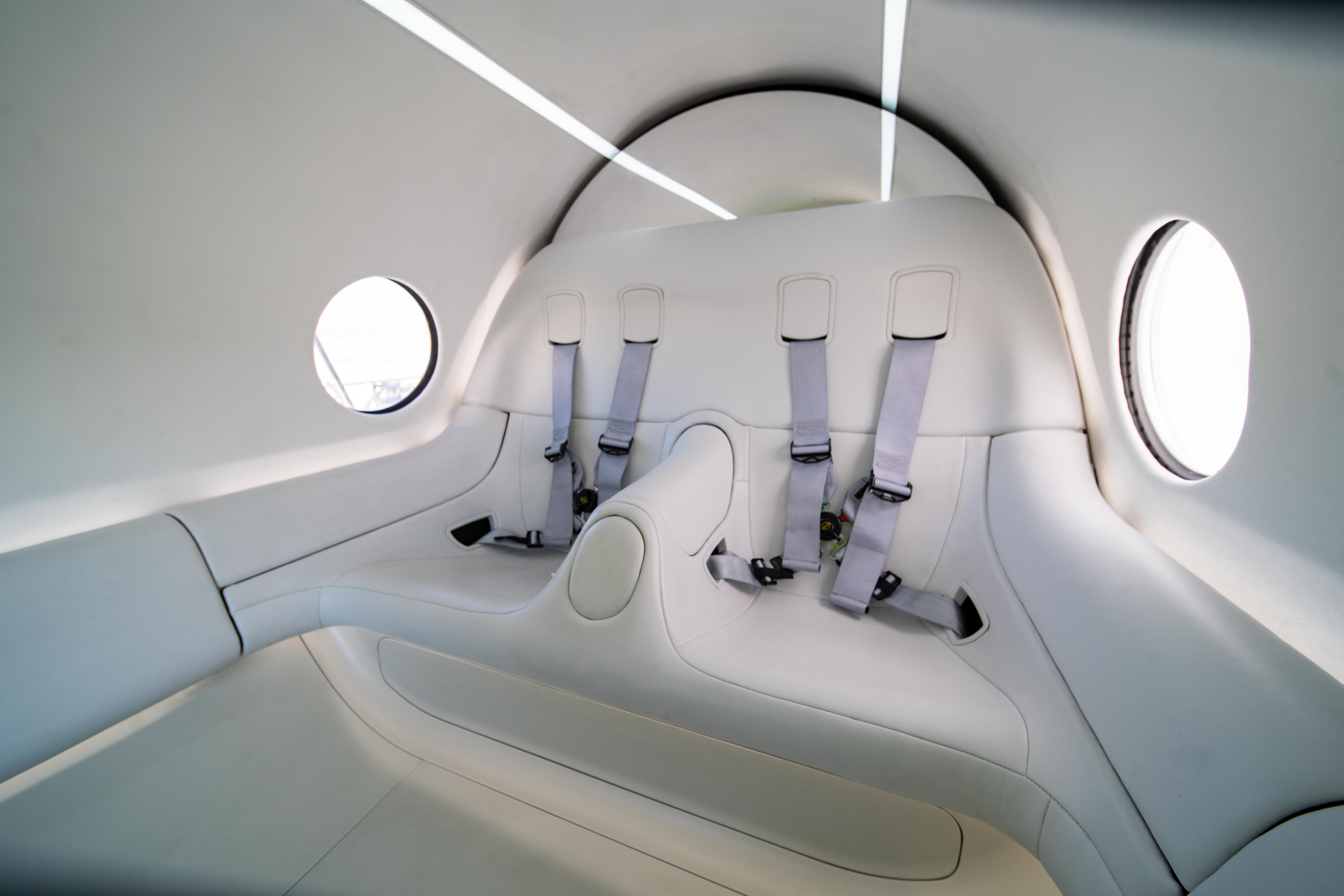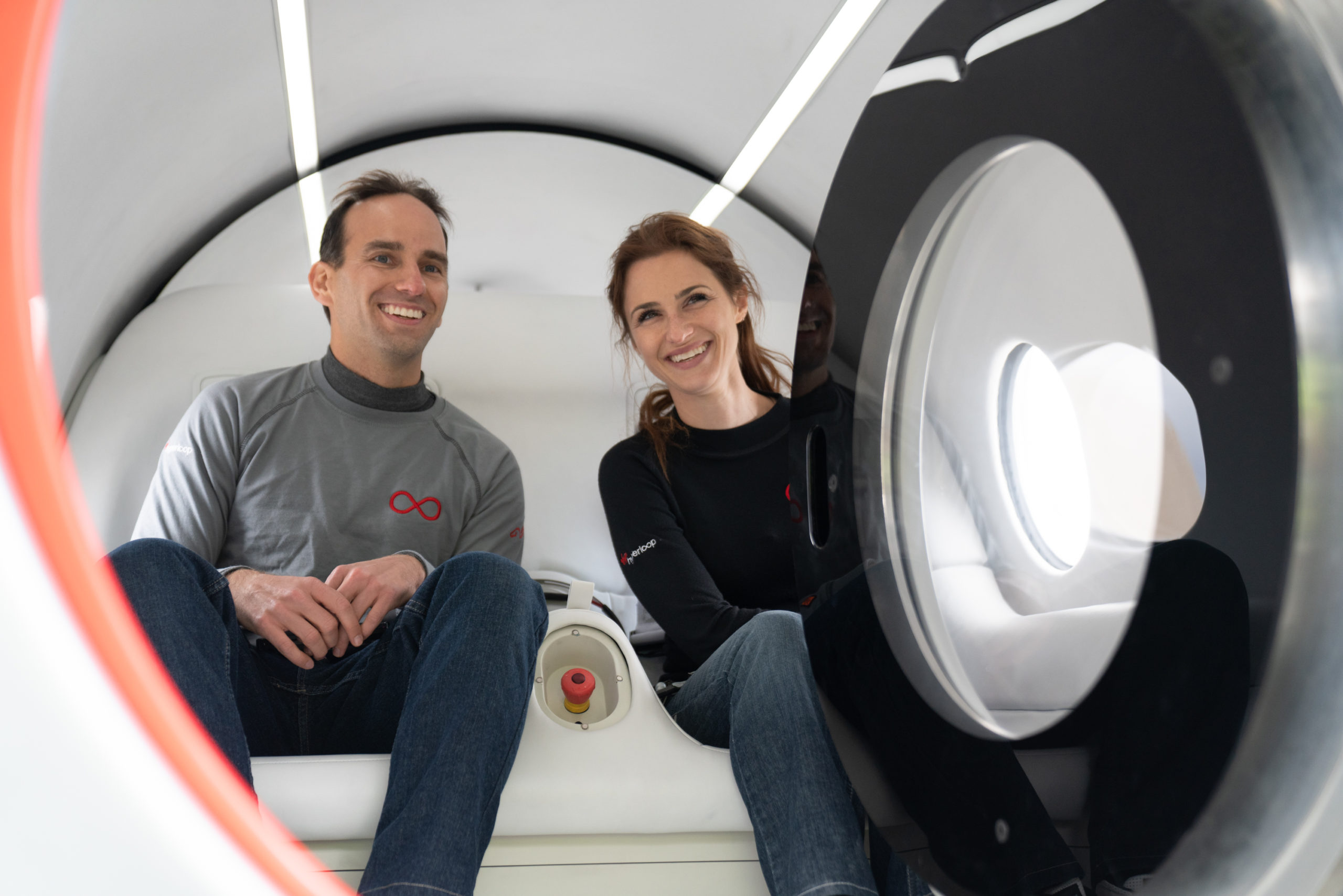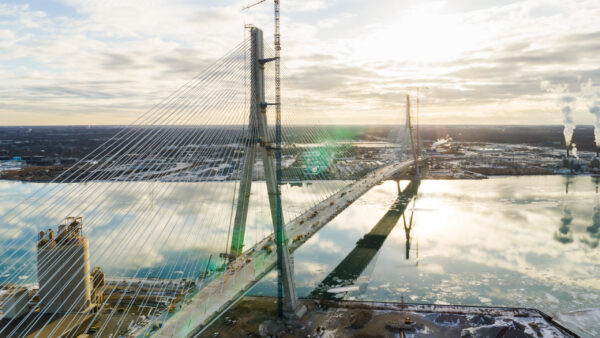After 400 unoccupied tests on Virgin Hyperloops 500m test track in Nevada, two human passengers have made a journey on it.
The testers were Josh Giegel, the co-founder of the company, and Sara Luchian, its director of passenger experience. They took their seats on an XP-2 carriage designed by Danish architects Bjarke Ingels Group and Kilo Design.

Giegel, said: “When we started in a garage over six years ago, the goal was simple – to transform the way people move. Today, we took one giant leap toward that ultimate dream, not only for me, but for all of us who are looking towards a moonshot right here on Earth.”
Sir Richard Branson, Virgin Group’s founder, said: “For the past few years, the Virgin Hyperloop team has been working on turning its ground breaking technology into reality With today’s successful test, we have shown that this spirit of innovation will in fact change the way people everywhere live, work and travel in the years to come.”

Earlier this year, Virgin Hyperloop announced plans to build a test track in West Virginia, and in 2018 signed an agreement for a $500m testing centre in Andalucia, Spain.
The testing campaign, has been overseen by Certifer, an industry-recognised independent safety assessor.
Images courtesy of Virgin Hyperloop
Further Reading:
Comments
Comments are closed.











The concept will prove to be too expensive for general use. The Maglev on the other hand is quite fast
and has much fewer technical problems to overcome.
The Maglev can travel from NY City to Chicago in 3 hours and the the ride is scenic and very comfortable.